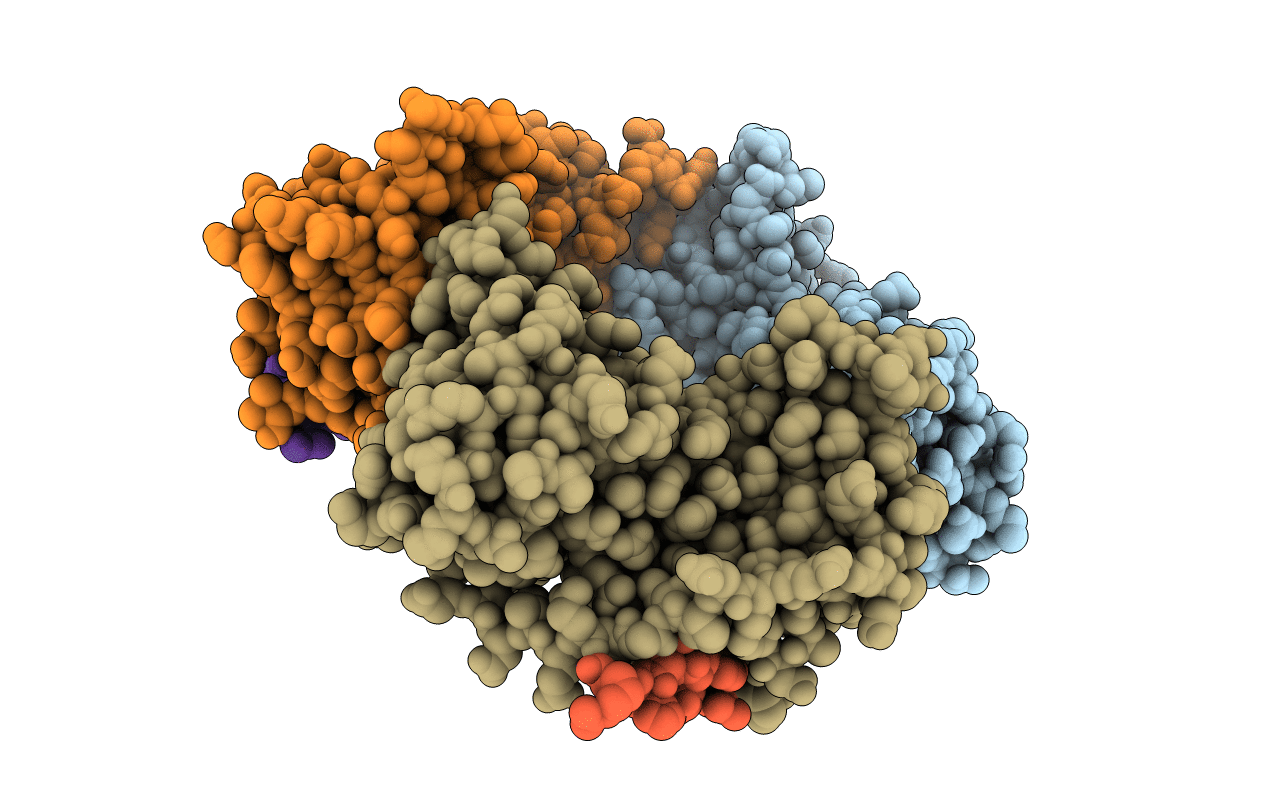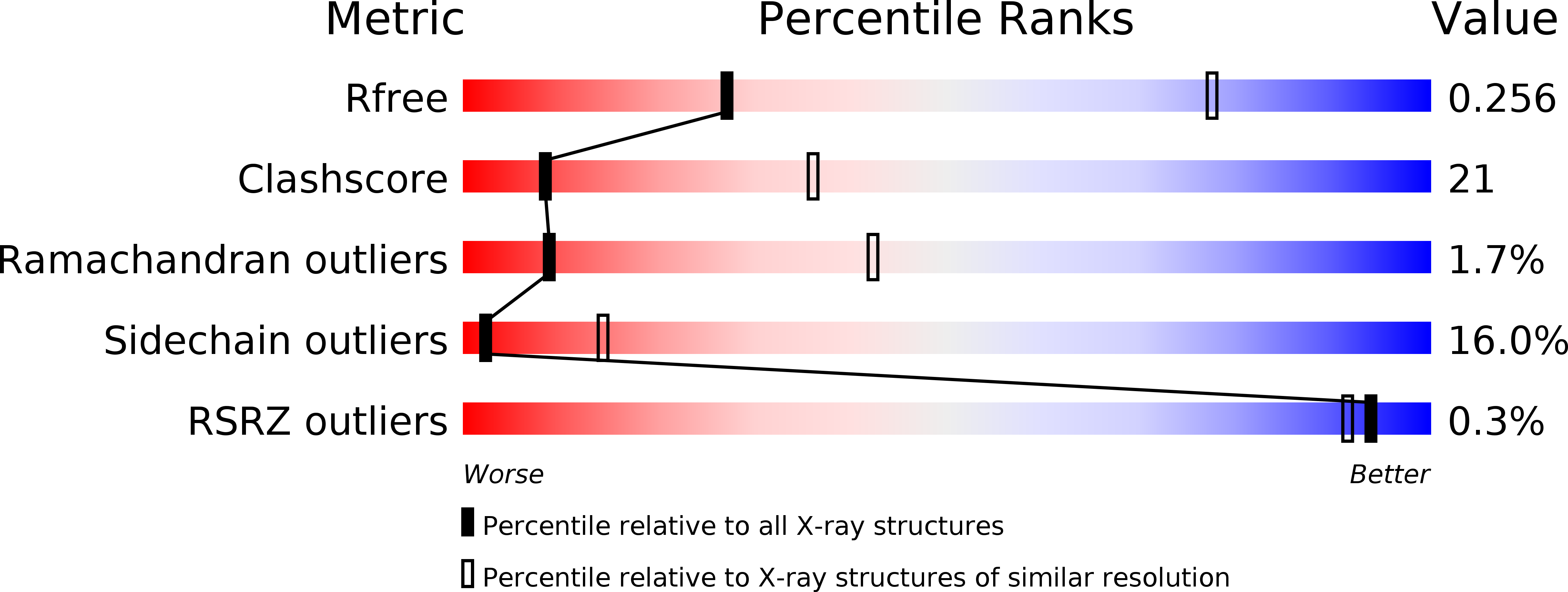
Deposition Date
2018-12-25
Release Date
2019-01-23
Last Version Date
2024-05-15
Method Details:
Experimental Method:
Resolution:
3.50 Å
R-Value Free:
0.25
R-Value Work:
0.19
R-Value Observed:
0.19
Space Group:
P 61


